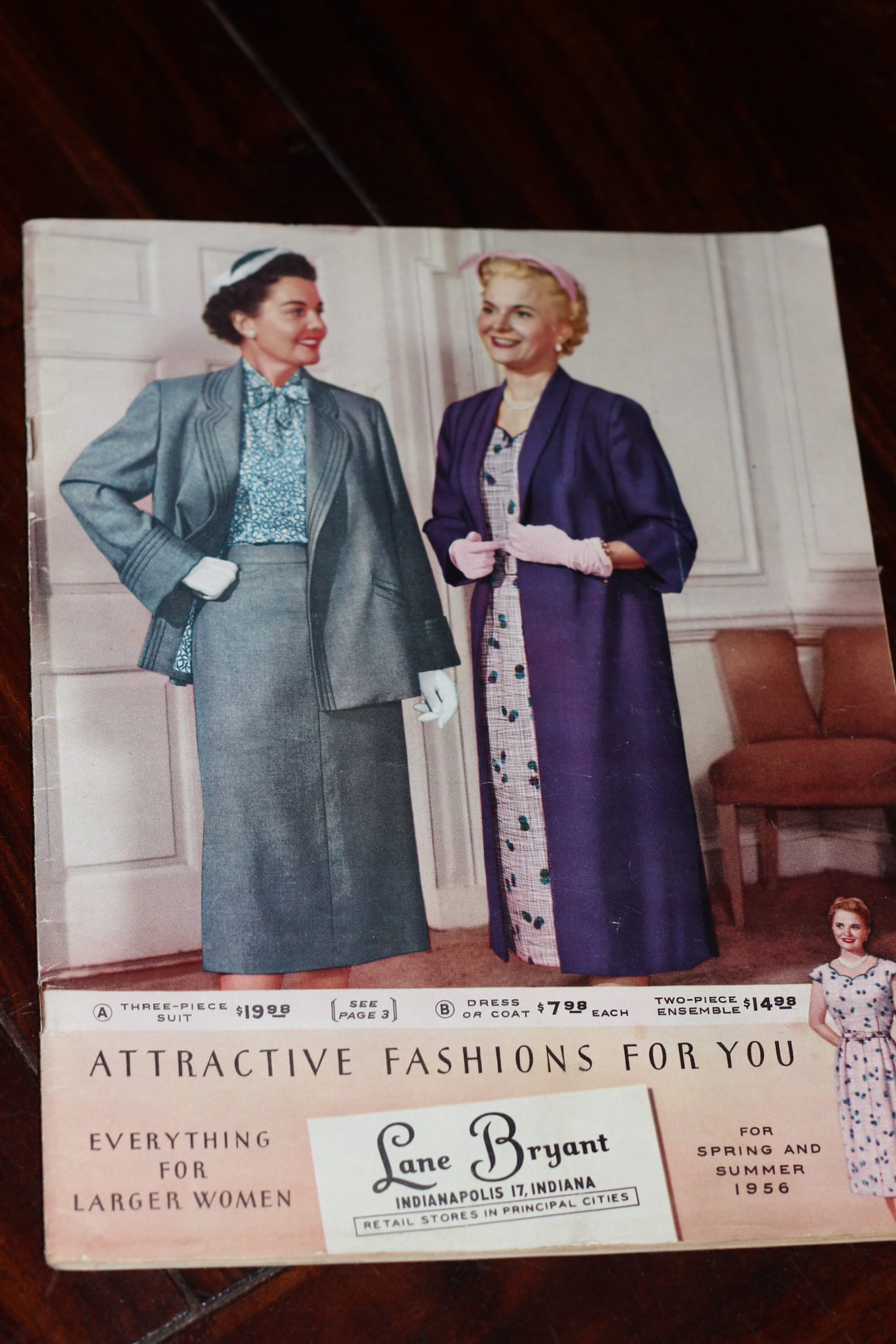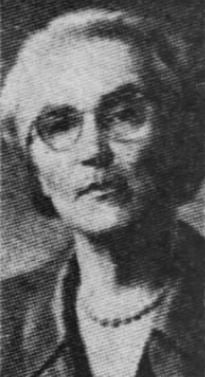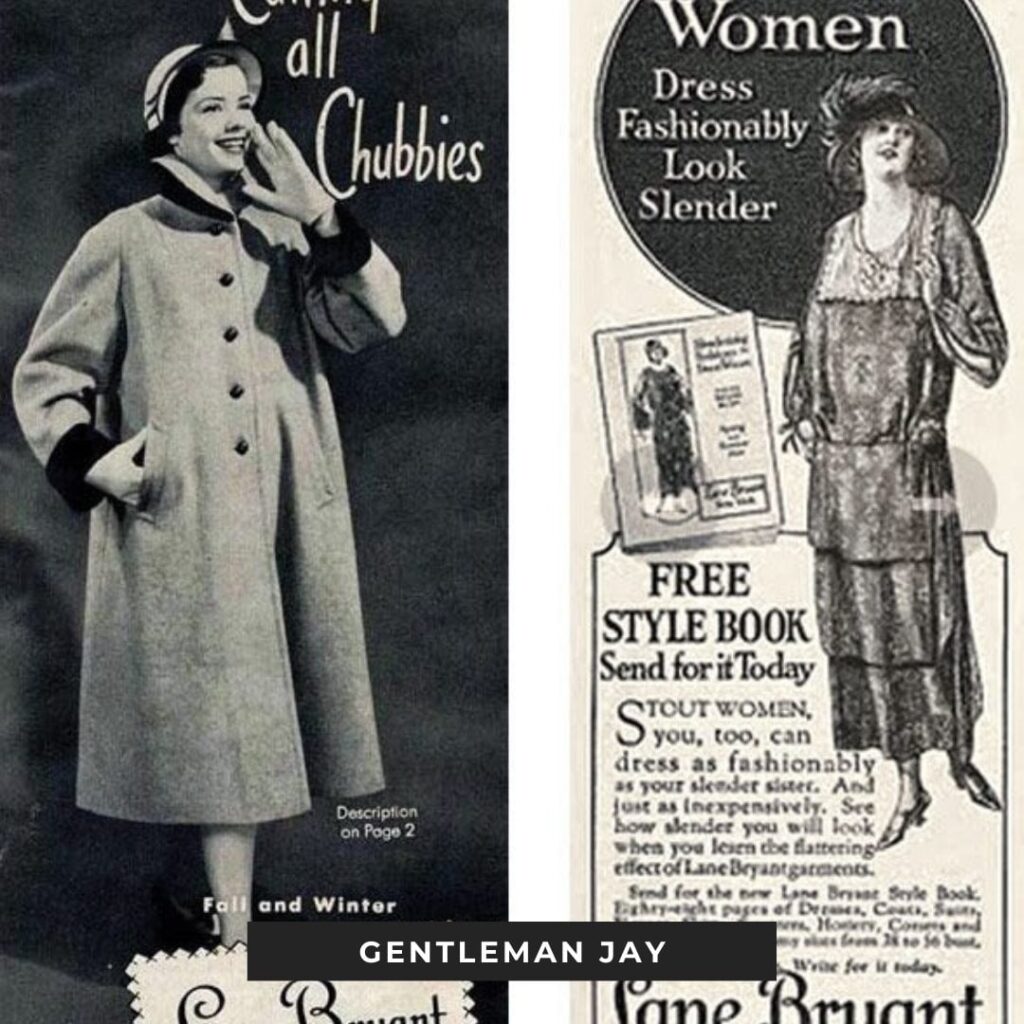The girl from Kaunas who changed the fashion world
I would like to share the story of another personality, a Jewish girl from Kaunas, Lithuania, who revolutionised the fashion world.
The story was told to me by her relatives, whom I had the honour to take to Leah’s unknown hometown.
Lena Himmelstein (real name Leah, changed by the immigration service when she arrived in New York for registration) was born in 1877 in Kaunas, Lithuania, and as a rule the documents say Russia, because Kaunas was part of the Russian Empire.
She was born to a Jewish shoemaker and musician, but in a tragic accident both parents died and Leah (Lena) was orphaned. She was brought up by her grandparents, who had a chain of shops in Kaunas.
Encouraged by her grandfather, she receives money and, together with her sister, travels to the States in search of happiness.
She settles in the States in 1895.Her first job in a sewing factory for $1 a week gives her ideas for her future business.
In 1899, she meets and marries a Jewish jeweller from the Russian Empire, who dies unexpectedly just after the birth of their son Raphael.



Lena (Leah) begins to make lingerie and nightwear for women who, contrary to accepted beauty standards, were called “chubby”.Leah herself was of a rounder shape and had always suffered from bullying.In the States, she discovered that it was a big problem to find the right clothes for women who did not have a slender figure.
When she went to the bank to open her first account, what would become the fashion empire of LANE BRYANT happened: the clerk filling out the paperwork put …Lane instead of her American name Lena.
That is what gave her the name of the fashion house. She began to make the lightning-fast ( negligee ) style sheer nightgowns and silk dresses.
The other big problem was the clothes for pregnant women, which were mostly nothing, basic sack-looking clothes that pregnant women themselves were embarrassed to wear. This was a problem she herself had when she was expecting Rafael.
The creation of the maternity line was her hour of glory.
In the 19th century, pregnant women, unable to dress nicely and without looking like a sack, chose to stay at home until the end of their pregnancy, but the time has come to change that.


In 1909 she had a second marriage with Albert Malsin and he became the head of her corporation, they had 2 children, Lena was in charge of design and creation and her husband was in charge of the business side of things.
No newspaper or magazine would publish the first photographs of Lena’s clothes for pregnant women because… Too radical and shocking, women can’t look like THAT. However, only the NEW YORK HERALD gave a positive response and published an advertisement-EVERYTHING they had to make after this advertisement was sold out in one day.
Realising that there would be no easy way out, she and her husband decided to launch a special magazine dedicated to clothing orders. Again, success.
But the real success came in 1916. In the US, there was not a single designer or clothing line dedicated to curvy, chubby + size women. Nothing at all.
And Leah, knowing all the problems that women with such figures faced, launched a special fashion line. Almost 5000 customers came to Lena in one week and already that year a record turnover of 1 million USD was achieved.
1923m. The Plus Size line dominates the market with a turnover of over a cosmic US$5 million. Women queued outside the store at night.Her store was located on 5th Avenue, not just anywhere.
Coming from a Jewish family herself, and not being rich and poor, Lena (Leah) cared immensely for her 35,000+ employees. She created a special fund, gave her shares, innovated in the market with life and health insurance paid for at the company’s expense, generous maternity and childbirth benefits, and made her an icon not only in business, but for all women. She gave generously to the poor and supported the Jewish community.
Customers who lost their clothes in a fire or other natural disaster received all their clothes for FREE at her expense. After a tragic fire in 1947 in Texas, she clothed nearly 100 clients from head to toe for free.
Lena died in 1951, leaving a legacy of 820 stores in every state.
Members of the Malsin family visited Lithuania and negotiated with our major supermarkets and players for representation in our country.
As Mr. Malsin said, “We have to be here one way or another, it would be unfair to her. She would have wanted it”.

